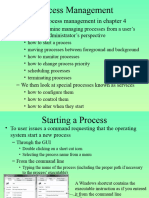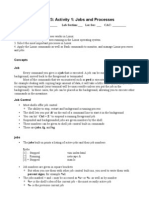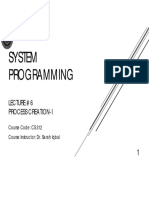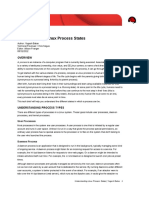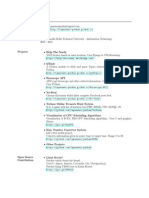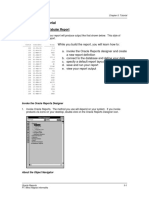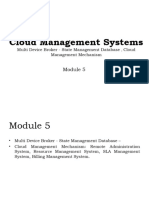0% found this document useful (0 votes)
11 views24 pagesSA Chapter08 Linux Process Service Management
The document provides an overview of Linux process and service management, detailing components of a process, its attributes, life cycle, and signal handling. It discusses process states, scheduling priorities, and monitoring tools like 'ps' and 'top', as well as the use of cron for scheduling tasks. Additionally, it introduces the concept of daemons/services and the systemd service manager for managing system processes.
Uploaded by
nguyentienviet190391Copyright
© © All Rights Reserved
We take content rights seriously. If you suspect this is your content, claim it here.
Available Formats
Download as PDF, TXT or read online on Scribd
0% found this document useful (0 votes)
11 views24 pagesSA Chapter08 Linux Process Service Management
The document provides an overview of Linux process and service management, detailing components of a process, its attributes, life cycle, and signal handling. It discusses process states, scheduling priorities, and monitoring tools like 'ps' and 'top', as well as the use of cron for scheduling tasks. Additionally, it introduces the concept of daemons/services and the systemd service manager for managing system processes.
Uploaded by
nguyentienviet190391Copyright
© © All Rights Reserved
We take content rights seriously. If you suspect this is your content, claim it here.
Available Formats
Download as PDF, TXT or read online on Scribd
/ 24






